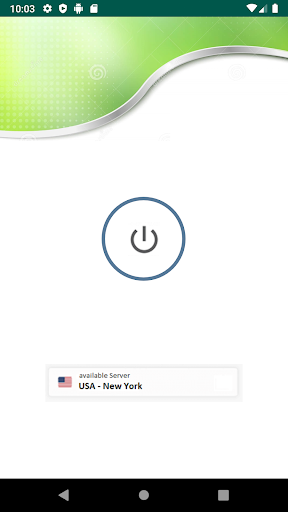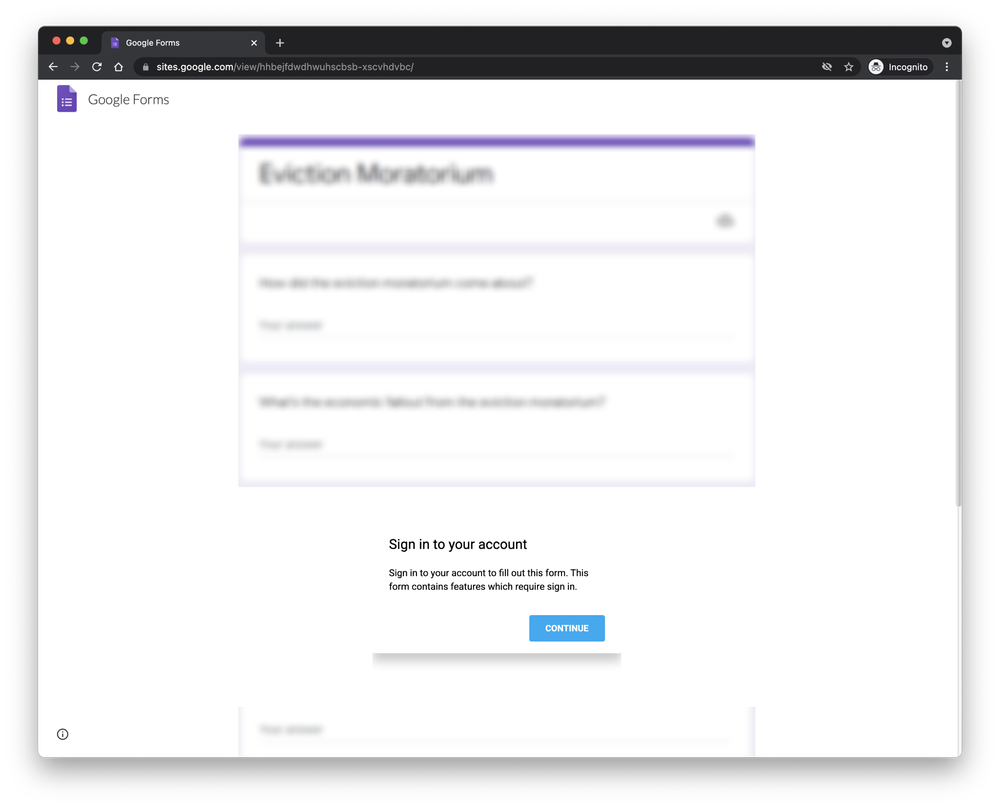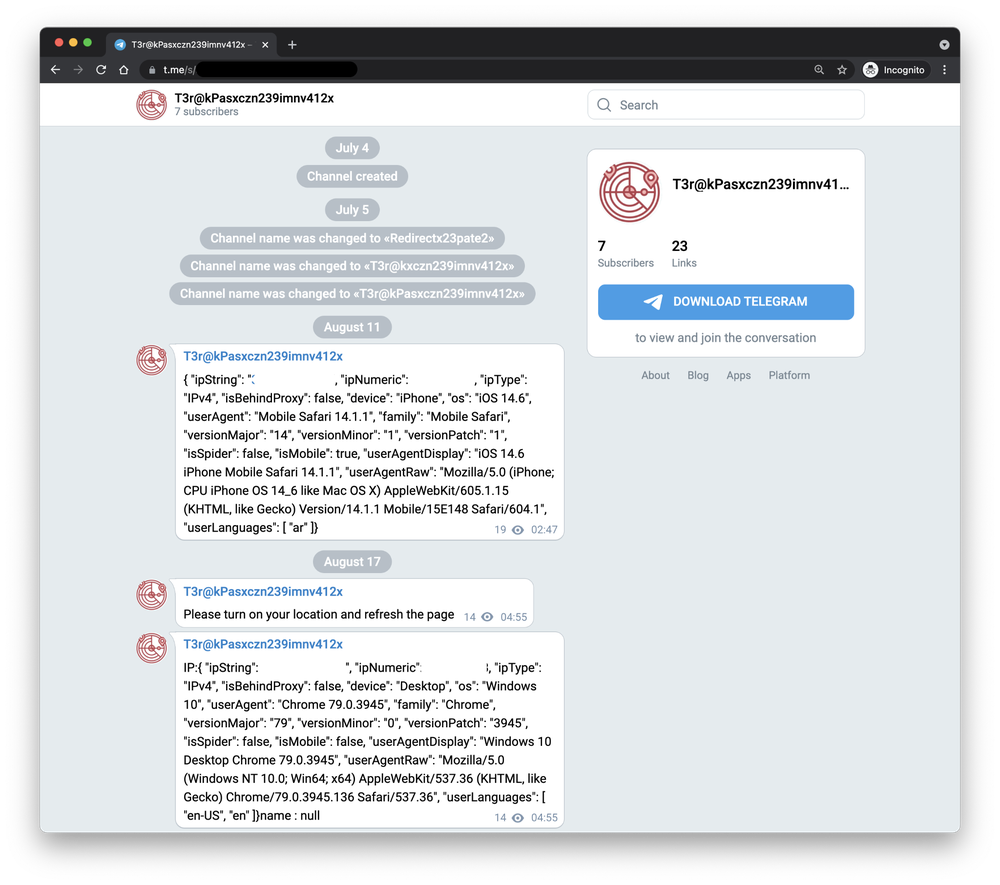This content originally appeared on The Keyword and was authored by Ajax Bash
Google’s Threat Analysis Group tracks actors involved in disinformation campaigns, government backed hacking, and financially motivated abuse. We have a long-standing policy to send you a warning if we detect that your account is a target of government-backed phishing or malware attempts. So far in 2021, we’ve sent over 50,000 warnings, a nearly 33% increase from this time in 2020. This spike is largely due to blocking an unusually large campaign from a Russian actor known as APT28 or Fancy Bear.
We intentionally send these warnings in batches to all users who may be at risk, rather than at the moment we detect the threat itself, so that attackers cannot track our defense strategies. On any given day, TAG is tracking more than 270 targeted or government-backed attacker groups from more than 50 countries. This means that there is typically more than one threat actor behind the warnings.
In this blog, we explore some of the most notable campaigns we’ve disrupted this year from a different government-backed attacker: APT35, an Iranian group, which regularly conducts phishing campaigns targeting high risk users. This is the one of the groups we disrupted during the 2020 US election cycle for its targeting of campaign staffers. For years, this group has hijacked accounts, deployed malware, and used novel techniques to conduct espionage aligned with the interests of the Iranian government.
Hijacked websites used for credential phishing attacks
In early 2021, APT35 compromised a website affiliated with a UK university to host a phishing kit. Attackers sent email messages with links to this website to harvest credentials for platforms such as Gmail, Hotmail, and Yahoo. Users were instructed to activate an invitation to a (fake) webinar by logging in. The phishing kit will also ask for second-factor authentication codes sent to devices.
APT35 has relied on this technique since 2017 — targeting high-value accounts in government, academia, journalism, NGOs, foreign policy, and national security. Credential phishing through a compromised website demonstrates these attackers will go to great lengths to appear legitimate – as they know it's difficult for users to detect this kind of attack.

Phishing page hosted on a compromised website
Utilization of Spyware Apps
In May 2020, we discovered that APT35 attempted to upload spyware to the Google Play Store. The app was disguised as VPN software that, if installed, could steal sensitive information such as call logs, text messages, contacts, and location data from devices. Google detected the app quickly and removed it from the Play Store before any users had a chance to install it. Although Play Store users were protected, we are highlighting the app here as TAG has seen APT35 attempt to distribute this spyware on other platforms as recently as July 2021.

Spyware app disguised as a VPN utility
Conference-themed phishing emails
One of the most notable characteristics of APT35 is their impersonation of conference officials to conduct phishing attacks. Attackers used the Munich Security and the Think-20 (T20) Italy conferences as lures in non-malicious first contact email messages to get users to respond. When they did, attackers sent them phishing links in follow-on correspondence.
Targets typically had to navigate through at least one redirect before landing on a phishing domain. Link shorteners and click trackers are heavily used for this purpose, and are oftentimes embedded within PDF files. We’ve disrupted attacks using Google Drive, App Scripts, and Sites pages in these campaigns as APT35 tries to get around our defenses. Services from Dropbox and Microsoft are also abused.

Google Sites page disguised as a Google Form to redirect to a phishing site
Telegram for threat actor notifications
One of APT35’s novel techniques involves using Telegram for operator notifications. The attackers embed javascript into phishing pages that notify them when the page has been loaded. To send the notification, they use the Telegram API sendMessage function, which lets anyone use a Telegram bot to send a message to a public channel. The attackers use this function to relay device-based data to the channel, so they can see details such as the IP, useragent, and locales of visitors to their phishing sites in real-time.

Public Telegram channel used for attacker notifications
How we keep users safe from these threats
We warn users when we suspect a government-backed threat like APT35 is targeting them. Thousands of these warnings are sent every month, even in cases where the corresponding attack is blocked. If you receive a warning it does not mean your account has been compromised, it means you have been identified as a target.
Workspace administrators are also notified regarding targeted accounts in their domain. Users are encouraged to take these warnings seriously and consider enrolling in the Advanced Protection Program or enabling two-factor authentication if they haven't already.
We also block malicious domains using Google Safe Browsing – a service that Google's security team built to identify unsafe websites across the web and notify users and website owners of potential harm. When a user of a Safe Browsing-enabled browser or app attempts to access unsafe content on the web, they’ll see a warning page explaining that the content they’re trying to access may be harmful. When a site identified by Safe Browsing as harmful appears in Google Search results, we show a warning next to it in the results.
Threat Analysis Group will continue to identify bad actors and share relevant information with others in the industry, with the goal of bringing awareness to these issues, protecting you and fighting bad actors to prevent future attacks.
Technical Details
Indicators from APT28 phishing campaign:
service-reset-password-moderate-digital.rf[.]gd
reset-service-identity-mail.42web[.]io
digital-email-software.great-site[.]net
Indicators from APT35 campaigns:
Abused Google Properties:
https://sites.google[.]com/view/ty85yt8tg8-download-rtih4ithr/
https://sites.google[.]com/view/user-id-568245/
https://sites.google[.]com/view/hhbejfdwdhwuhscbsb-xscvhdvbc/
Abused Dropbox Properties:
https://www.dropbox[.]com/s/68y4vpfu8pc3imf/Iraq&Jewish.pdf
Phishing Domains:
nco2[.]live
summit-files[.]com
filetransfer[.]club
continuetogo[.]me
accessverification[.]online
customers-verification-identifier[.]site
service-activity-session[.]online
identifier-service-review[.]site
recovery-activity-identification[.]site
review-session-confirmation[.]site
recovery-service-activity[.]site
verify-service-activity[.]site
service-manager-notifications[.]info
Android App:
Android App C2:
communication-shield[.]site
cdsa[.]xyz
This content originally appeared on The Keyword and was authored by Ajax Bash
Ajax Bash | Sciencx (2021-10-14T11:00:00+00:00) Countering threats from Iran. Retrieved from https://www.scien.cx/2021/10/14/countering-threats-from-iran/
Please log in to upload a file.
There are no updates yet.
Click the Upload button above to add an update.
